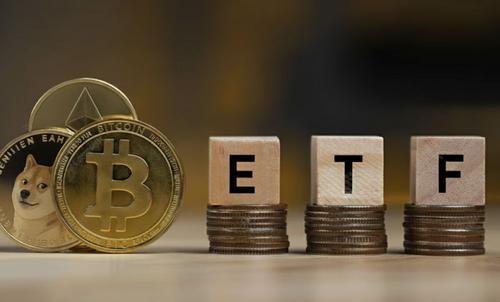MarketLens
SPHD ETF: A Solid Dividend Prospect for 2024?
In the realm of exchange-traded funds (ETFs), those that offer high dividend yields coupled with low volatility are particularly attractive to investors seeking stable income streams, especially in uncertain market conditions. The Invesco S&P 500 High Dividend Low Volatility ETF (SPHD) is a fund that promises such a combination, targeting the least volatile, highest dividend-yielding S&P 500 stocks. As we advance into 2024, it is imperative to evaluate SPHD’s performance, strategy, and market position to ascertain its viability as a solid dividend ETF for the year.
Performance Analysis
SPHD has demonstrated a steady performance, with a 12-month trailing dividend yield of 4.41% and a reported dividend yield of 4.55% as of December 2023. The ETF has gained approximately 1.63% so far this year and is up about 2.67% in the last one year (as of January 3, 2024). It has traded between $37.32 and $46.11 over the past 52 weeks, indicating a moderate range of price fluctuation.
Fund Strategy and Holdings
Launched on October 18, 2012, SPHD is managed by Invesco and aims to track a dividend-yield-weighted index of the least volatile, highest dividend-yielding S&P 500 stocks. It invests at least 90% of its total assets in the common stocks that comprise the index, with a focus on large-cap equity. The fund’s sector exposure and top holdings are crucial factors that contribute to its performance and risk profile. As of January 4, 2024, SPHD held 49 equity positions with approximately 28.2% of its assets in the top 10 holdings, which include prominent companies like Verizon Communications Inc. and AT&T Inc..
Market Position and Competition
SPHD is often compared with other dividend-focused ETFs such as the Schwab U.S. Dividend Equity ETF (SCHD) and the iShares Core High Dividend ETF (HDV). SCHD, for instance, has a lower expense ratio of 0.06% compared to SPHD’s 0.30%, but it also has a lower dividend yield of 3.58% against SPHD’s 4.55%. HDV, on the other hand, has been positioned as a solid option for both bull and bear scenarios in 2024, despite having underperformed compared to the S&P 500.
Risk Assessment and Outlook
SPHD’s strategy of focusing on high dividend yield and low volatility stocks is particularly advantageous in navigating uncertain markets. The ETF’s outperformance during the first week of January 2024, where it saw five-day gains of 1.02% while the S&P 500 incurred losses, is indicative of its defensive sector positioning and its potential to offer stability and income.
Conclusion
Based on the provided data and considering the fund’s past performance, current yield, and strategy, SPHD appears to be a solid dividend ETF for investors in 2024. Its focus on high-dividend-yielding, low-volatility stocks is a conservative approach that can provide investors with a relatively stable income stream, which is particularly attractive in a market beset by uncertainties.
While the expense ratio of SPHD is higher than some of its peers, the fund’s higher dividend yield may justify the additional cost for investors prioritizing income. Moreover, the fund’s outperformance in early January, compared to the broader market, suggests resilience that could be beneficial if market volatility persists.
Investors should, however, consider their individual risk tolerance, investment goals, and the overall market outlook before making investment decisions. It is also advisable to monitor the fund’s performance and sector exposure regularly, as changes in market conditions can affect the attractiveness of dividend-focused ETFs like SPHD.
To become a better investor with our AI Assistant @ kavout.com/investgpt
Related Articles
2025’s Top Sectors: Your Savvy ETF Guide
Category
You may also like
No related articles available
Breaking News
View All →No topics available at the moment






